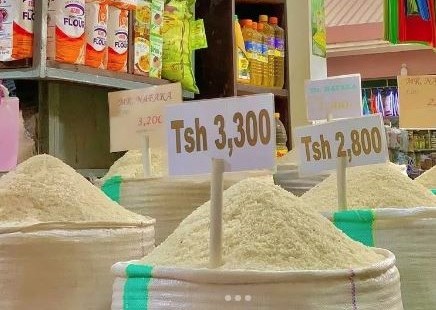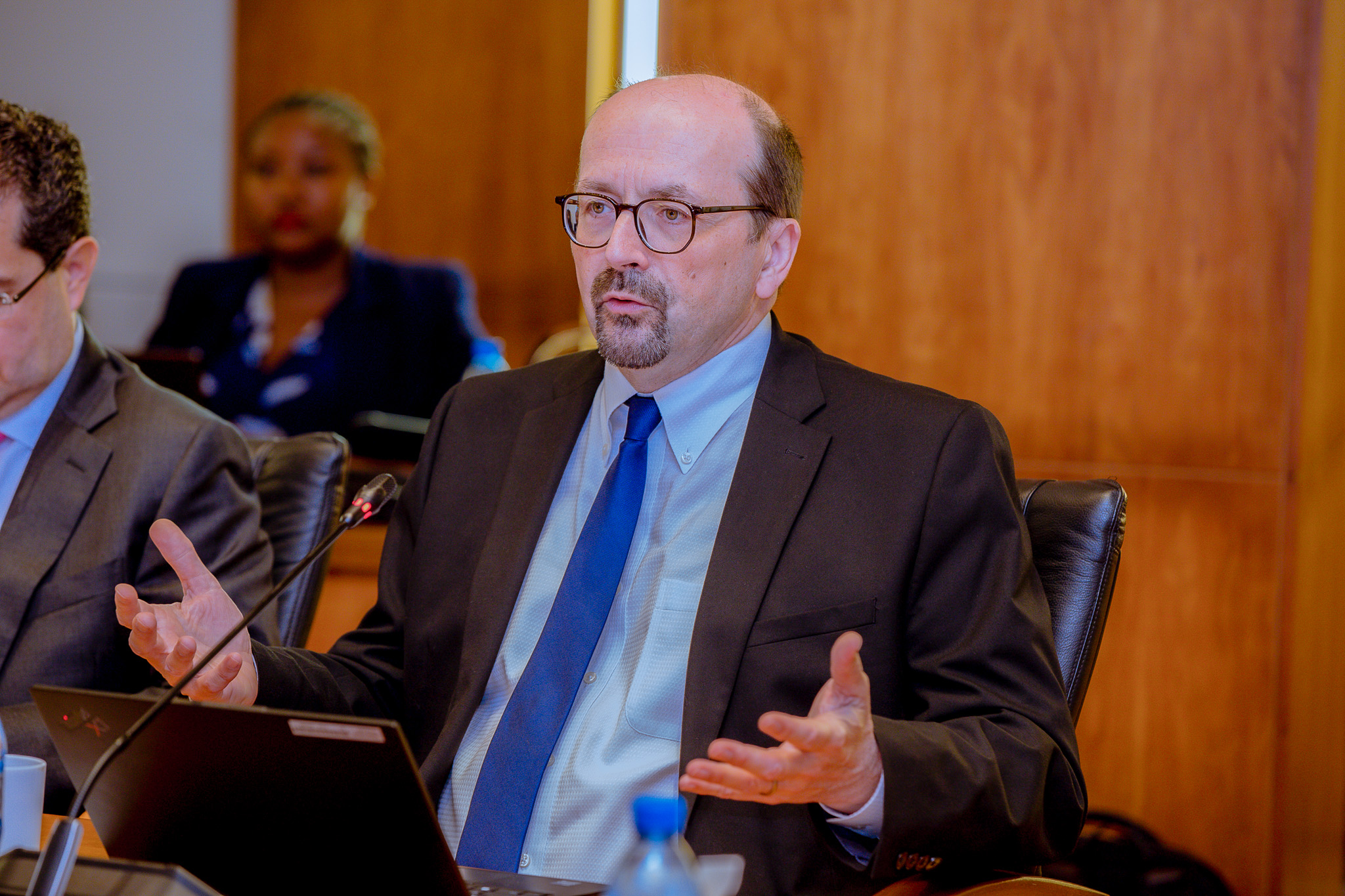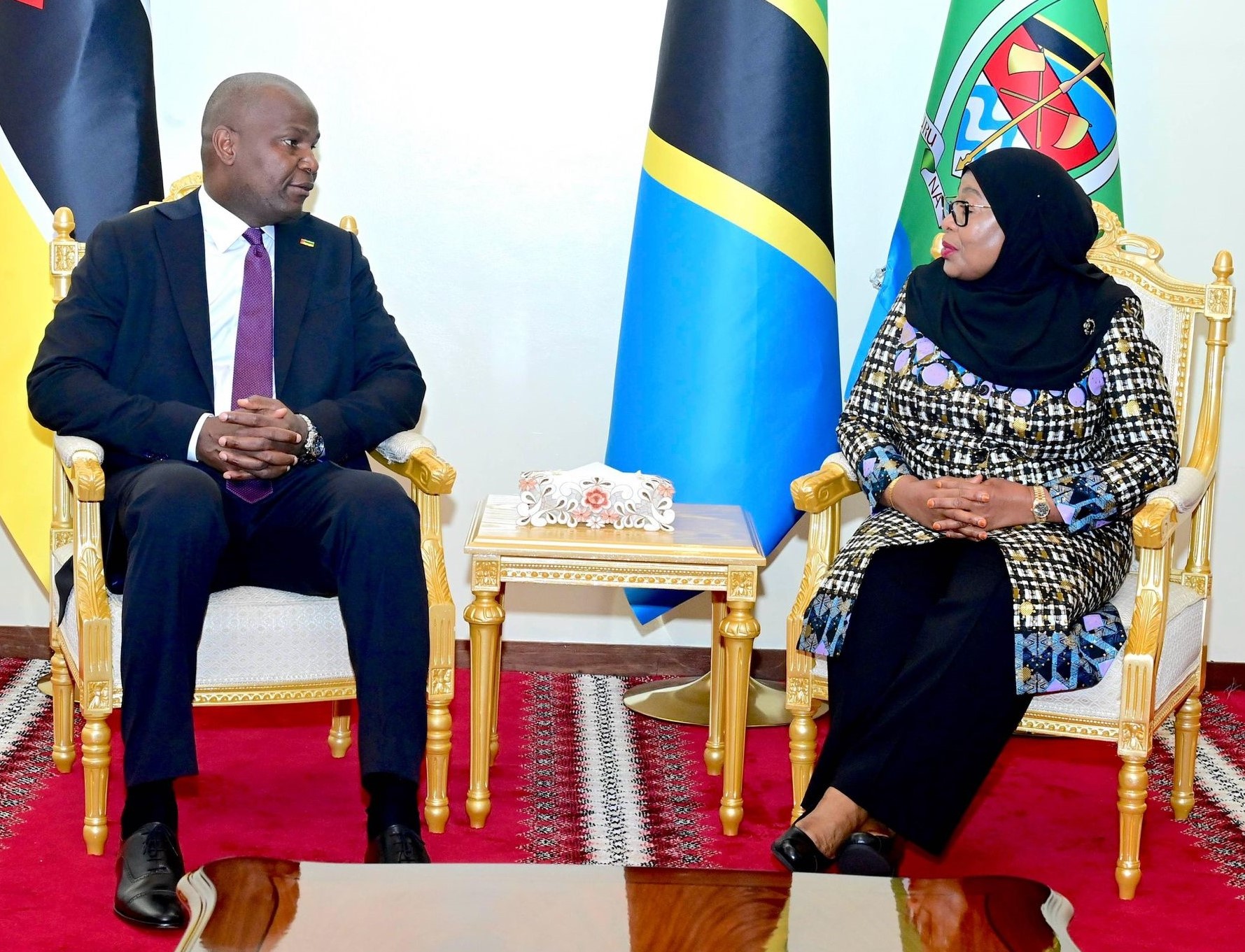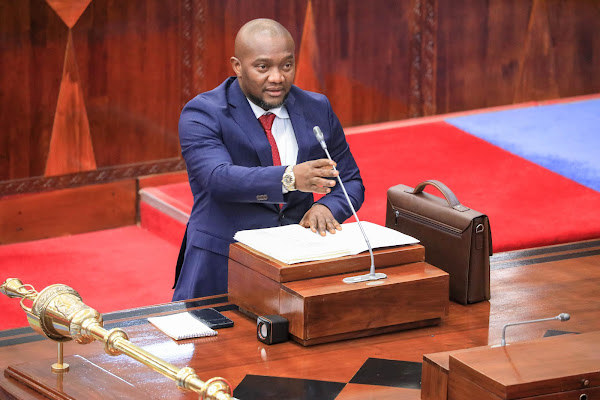Dar es Salaam. Tanzania’s annual headline inflation rose slightly to 3.2 percent in April 2025, up from 3.1 percent recorded in the preceding month, the National Bureau of Statistics (NBS) has said.
According to the latest Consumer Price Index (CPI) released by the statistics agency on May 8, 2025, the uptick in inflation was primarily driven by higher prices in food and non-alcoholic beverages, education, and accommodation services.
The food and non-alcoholic beverages index registered an annual increase of 5.2 percent in April, up from 4.8 percent in March, while education and accommodation services rose to 1.9 percent and 4.1 percent respectively.
Conversely, some consumer groups experienced a slowdown in price growth. The inflation rate for clothing and footwear declined to 1.7 percent from 1.8 percent, furnishings and household maintenance eased to 1.5 percent from 1.8 percent, and transport dropped to 0.7 percent from 1.2 percent.
The CPI, which measures the changes over time in the general level of prices of goods and services consumed by households, increased to 113.39 in April from 113.03 a month earlier. This suggests a general increase in the cost of living for Tanzanian consumers.
The monthly inflation rate—which measures the rate of change in the CPI between two consecutive months—fell to 0.3 percent in April from 0.5 percent in March. The drop has largely been attributed to declining prices of key food staples such as rice, maize grains, maize flour, cassava flour, wheat flour, sweet potatoes, round potatoes, and fresh fish.
NBS compiles the CPI by collecting prices from 25 regional centres across Mainland Tanzania on a monthly basis. The reference period for the current CPI is the 2020 base year.
12-month inflationary trend
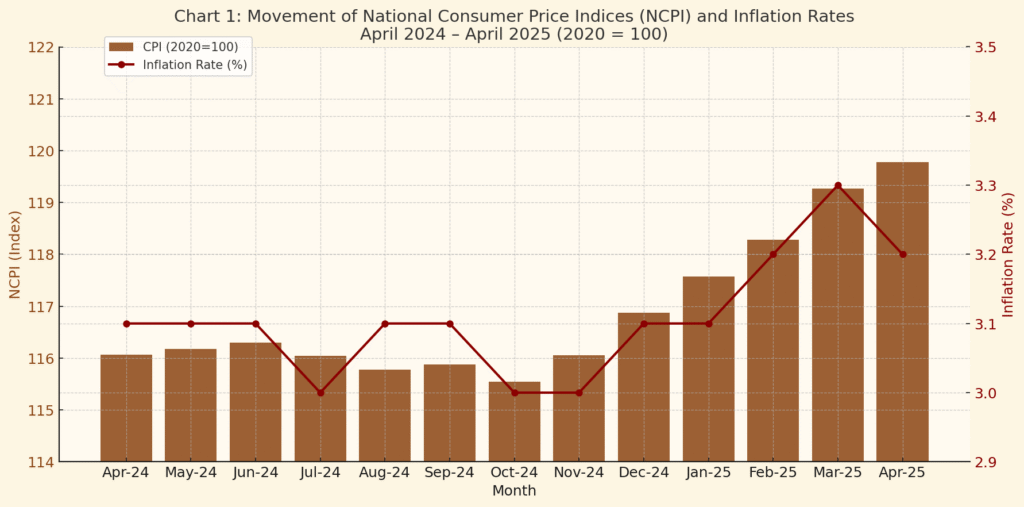
Over the year from April 2025 to May 2025 Tanzania’s annual inflation rate remained relatively stable oscillating within a narrow band of 3.0 to 3.3 percent as indicated in the chart above.
The consumer price index (CPI), which gauges the changes in the cost of a fixed basket of goods and services, showed subtle monthly variations, reflecting both seasonal effects and shifts in commodity prices.
According to the NBS, the CPI stood at 116.06 in April 2024, accompanied by an annual inflation rate of 3.1 percent. This figure remained unchanged in May 2024, despite a slight rise in the index to 116.18, indicating stable price levels.
In June 2024, the index rose marginally to 116.30, with inflation still fixed at 3.1 percent. A dip occurred in July 2024, when the index slightly fell to 116.04. Consequently, inflation eased to 3.0 percent, marking the lowest point during the twelve-month stretch.
August and September 2024 saw mild upticks in the index—115.78 and 115.88 respectively—yet inflation held steady at 3.1 percent. The slight softening in the CPI in August suggests possible declines in food prices, although these were quickly offset by price adjustments in other categories.
October and November 2024 recorded index values of 115.54 and 116.05 respectively, with inflation remaining flat at 3.0 percent in both months. This marked a period of notable stability, perhaps aided by improved food supplies following harvest seasons and moderated fuel prices.
December 2024 brought a significant increase in the index to 116.87, leading to a slight inflation rise to 3.1 percent. The trend continued in January 2025, with the CPI increasing to 117.57, though inflation stayed put at 3.1 percent—suggesting that price increases may have been absorbed by adjustments in less-weighted components of the consumer basket.
February 2025 saw further index growth to 118.28, nudging inflation upward to 3.2 percent. The upward trajectory peaked in March 2025 when inflation hit 3.3 percent—its highest level during the review period—on the back of a CPI increase to 119.27.
By April 2025, the index had climbed to 119.78, but inflation softened slightly to 3.2 percent, hinting at a slowdown in the pace of price increases.
Throughout the year under review, Tanzania’s inflation remained within the Bank of Tanzania’s target range, reflecting prudent monetary policy and relative macroeconomic stability.
The moderate changes in price levels across sectors have helped maintain consumer purchasing power, despite intermittent pressures from food and energy costs.
The stability also reflects the government’s efforts to enhance food supply chains, maintain fuel subsidies, and monitor essential commodity markets.
As the economy heads into the second half of 2025, the trend will depend largely on weather patterns affecting food production, global oil prices, and the strength of the Tanzanian shilling.

